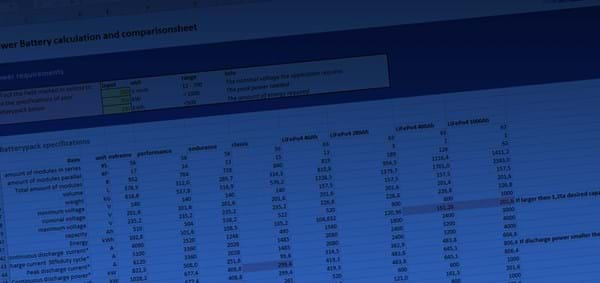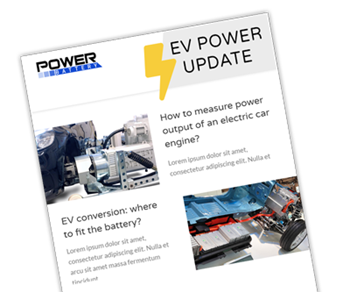Choosing the right battery for your application can be quite a challenge. Listed below there is information that will answer the most frequent asked questions and issues regarding EV batteries.
What type of batteries are used in electric vehicles?
There are four main types of batteries that are used in electric vehicles, namely ultracapacitors / supercapacitors, lead-acid batteries, nickel-metal hydride batteries and lithium-ion batteries.
Ultracapacitor / supercapacitor
In the ultracapacitor polarized liquid is stored between an electrode and an electrocyte. Technically, this solution is between an ordinary capacitor and a battery. Ultracapacitors provide extra power during acceleration and regenerative braking. The downside is that its lifespan is relatively short and they are rather expensive.
Lead-acid batteries
This type of battery is inexpensive, but have a very limited range. These batteries are mainly used to supplement other batteries. The lifespan is poor and the performance in cold temperatures, therefore the use in electric vehicles is far from ideal.
Nickel-metal hydride batteries
This type of battery is mostly used in hybrid-electric vehicles. These batteries rely on fuel to recharge, not an external plug-in sources. The life cycle is longer than lead-acid and lithium-ion batteries. However, they are rather expensive and their temperature performance is poor because they generate much heat.
Lithium-ion batteries
This type of battery is the most common type used in electric vehicles. The biggest advantages of this type of batteries is that they generate high power, they are lightweight and they have a high energy density. Furthermore, they are energy efficient and their self-discharge rate is low. Last but not least, most of this type of batteries are recyclable.
What is EV conversion?
Electric vehicle conversion (EV conversion) is the replacement of the combustion engine with a fully electric drivetrain. The combustion engine is removed and a battery pack, one or more electric motors and high voltage cables and instrumentation are added.
EV conversion is a hot topic in a wide range of markets, for example in the fun and sport vehicles, special vehicles and classic cars applications.
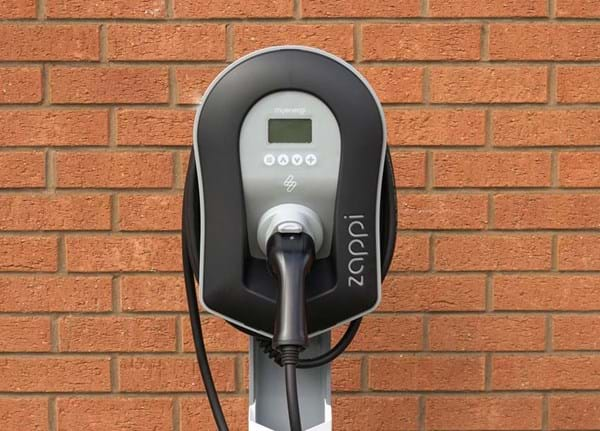
What are the main components of an electric drivetrain?
The electric drivetrain consists of three main components. We advice to choose the motor first, and match it with the controller and the batteries.
Motor
There are a great number of different types of electromotors. Which type suits your application best depends on multiple factors:
- Energy efficiency
- Price
- Voltage
- Torque
- Round per minute
Controller
The controller has multiple functions. The controller converts, depending on the type of motor, DC voltage to AC voltage. Second, it regulates the link between the gas pedal and the battery. Lastly, it regulates the link between the battery and the electromotor.
Battery and battery charger
What battery suits best depends on the specifications of the motor. Further range, peak power and the available space and volume are important factors for choosing a battery. Lastly the environment in which the application has an impact on battery selection, for example in extreme cold circumstances or the desert. The charger depends on the battery type.
Want to know more about the cost calculation of the different cost calculation for the different components? We wrote an article about EV conversion cost calculation.
What are important parameters when choosing a battery for an EV?
List the specifications
First before choosing a battery, it is essential to map out what the vehicle should be able to do in terms of peak power and range. Think about how much capacity you want. The preferred range for your EV causes largely the final size of the battery pack. Calculate the theoretical range you will need and convert this to the capacity in kWh. This is requirement to keep in mind for the design of the battery pack.
Consider the desired peak power output of the motor and how much power you will be continuous using? This will determine the continuous current of the batteries. The amount of power you want for the EV determines the kind op battery that will be used in the battery pack.
Match the drivetrain
Determine what drivetrain fulfils these needs and how much power is required. The drivetrain should meet the needs in both required power and required range.
Determine what motor is needed
After listing the specifications and matching the drivetrain to those needs, the next step is to choose a motor and gear reduction with the matching voltage, amperage, rpm and efficiency.
Choosing the right battery
The last step is to match the battery with the motor. Important factors to keep in mind are range, peak power, battery lifespan, the available space and the intended environment in which the vehicle is used. Also, be creative in the way to connect the batteries (serial or parallel) to match it you the required needs.
We wrote an more in depth article about how to choose the right battery for your EV conversion project, read it here.
We advice to test your drivetrain using a power meter before testing it on the road, to gain valuable insights in it's efficiency and power. Find out more about our in-house power meter here.
Do you need help matching the battery with the drivetrain?
How to make a battery pack?
Anyone who designs and builds a battery pack needs to have the engineering knowledge and skills to do such. For building a battery pack, the calculation goes as follows:
- Determine the number of modules
- Determine the voltage
- Determine the number of battery modules we can place in parallel and serie
- Determine the battery pack layout
Besides the battery pack, the components that you'll need are the battery management system (BMS), main fuse, contractors, casin electrical insulation protection, converter, cables, charger, service disconnects, cooling system and the heating system.
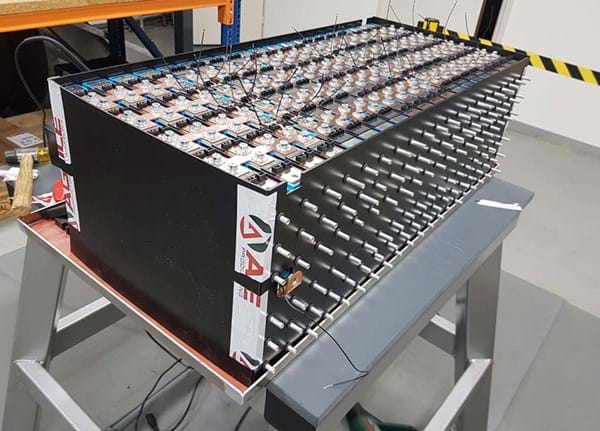
Most common battery issues for electric vehicles
Range anxiety
The fear of dying of the battery during a trip, leaving you stranded in the middle of nowhere. The performance of batteries increased a lot, and more charging stations emerged.
Battery overheating
Without proper cooling system, the battery is likely to overheat. Fluid cooled batteries are the safest solution for this problem.
Safety
What happens when crashing an EV and the battery pack is damaged? When no safety precautions are taken, a crash can have fatal consequences when dangerous high voltage is released.
The configuration of the BMS is essential in these cases, for example the programming of when to disconnect the entire battery pack in emergencies.
Most common issues when making your own battery pack
Safety
Always be aware of high voltage. When adding busbars, the voltage will also rise. Take proper precautions. It’s advisable to place busbars on strings first, and as a last step place the one at the end which will result in high voltage. This reduces the amount of work on a high voltage system.
Be aware of possible short circuits when placing busbars. Its advisable to place busbars on strings first, and as a last step place the one at the end which will close the circuit.
Matching all the components together
A big challenge is to match all the components and putting them all together. It takes advanced engineering knowledge to match all the items together. Besides the battery, the other components are the battery management system (BMS), main fuse, contractors, casin electrical insulation protection, converter, cables, charger, service disconnects, cooling system and the heating system.
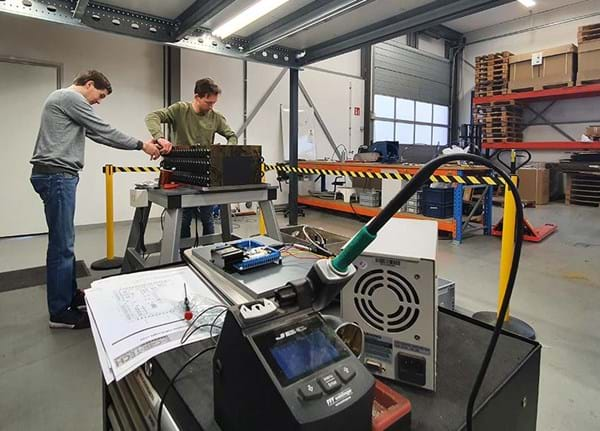
What are the financial expectations for the battery?
The price of the total package highly depends on the application and the number of modules needed. Besides that, the price depends also on the fuses, cables, BMS and housing. Read more about how to calculate the costs of EV conversion in this article.
Converting a vehicle to an EV can be quite a challenge and the costs highly depend on your wishlist. At Power Battery we develop, test and produce high-power battery packs and modules. We have all the knowledge regarding the electric drivetrain required to build or covert an electric vehicle.
Please feel free to contact us if you have any questions regarding your project or request a consultation.

